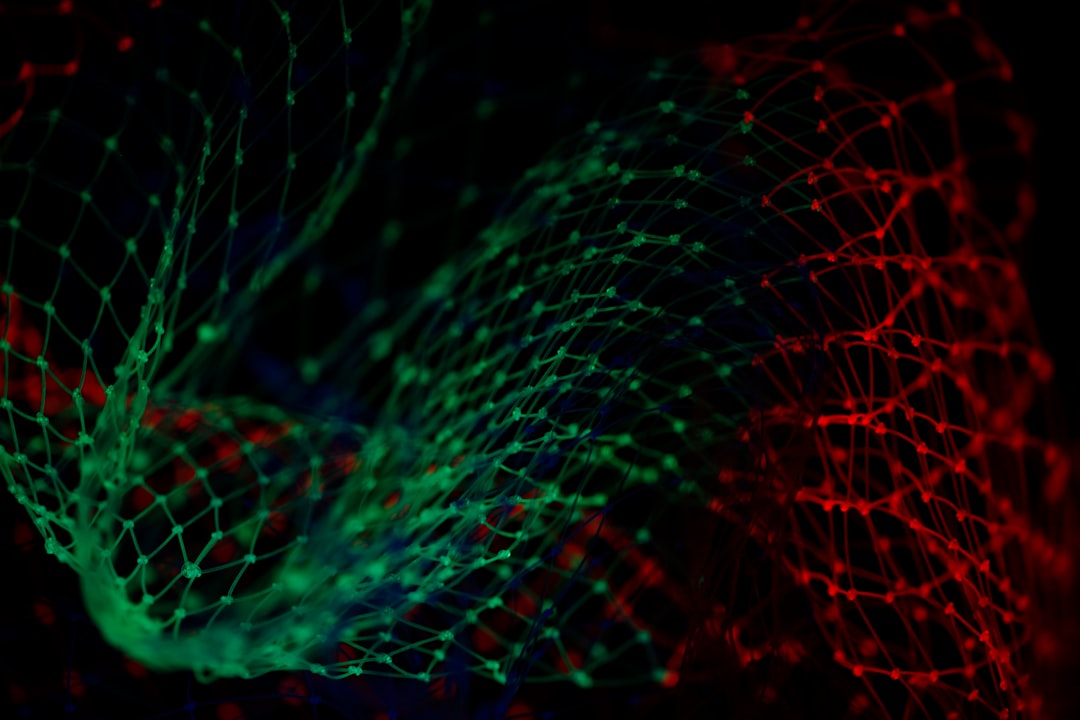What is it about?
This paper proposes applied the photoacoustic spectroscopy to monitor and the phase-resolved photoacoustic method to analyze the biofilm plaque on human tooth enamel. The photoacoustic ex vivo monitoring found that: (1) the photoacoustic spectroscopy is a helpful tool to identify the bactericidal effect on dental plaque; (2) the biofilm deposition provides an optical absorption of the Soret band at 410 nm and increase of hydroxyl absorption band; (3) the biofilm thickness by phase-resolved photoacoustic method is in agreement with the literature in situ measurements.
Featured Image
Why is it important?
Dental plaque is a biofilm on the enamel surface of the teeth and it is formed by colonizing bacteria. This biofilm is an etiological reason of periodontal disease and dental caries and, therefore, it is essential to monitor the biofilm presence on the surface of the enamel of the teeth.
Perspectives
The new knowledge can help in the equipment development able to identify and quantify the plaque of easy and greater practicality and safety, which may be achieved with low-cost Soret-band Light Emitting Diode as light excitation.
Professor Daniele T Dias
Federal University of Technology - Paraná
Read the Original
This page is a summary of: Phase-resolved photoacoustic spectroscopy to monitor dental plaque on tooth enamel, Spectroscopy Letters, February 2018, Taylor & Francis,
DOI: 10.1080/00387010.2018.1425727.
You can read the full text:
Contributors
The following have contributed to this page










